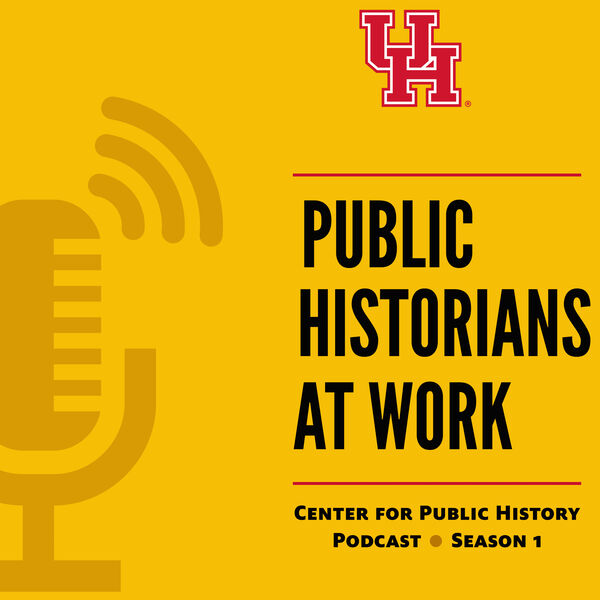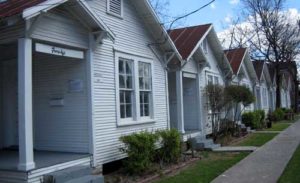By Ezell Wilson
The historic Third Ward was originally an area east of Main Street, south of Congress Street and extending to the city limits. For the residents of the Third Ward, their identity with the ward went beyond the original intent of the nomenclature as a political division. African Americans in Third Ward identified with the name and the region out of a sense of pride in the history of the area—a history in which Black people were active agents in building an enduring community. Though historically the Fourth Ward and Freedmen’s Town were Black cultural centers in the late nineteenth and early twentieth centuries, Third Ward grew in prominence, eventually passing Fourth Ward in population and the attraction of Black institutions.
Early settlement grew rapidly in the post Civil War era as former slaves from within Houston’s immediate surroundings as well as plantations in Brazoria, Ft. Bend, and other counties settled in the area. Sometimes arriving on foot, they were forced into separate enclaves within each of Houston’s wards that lay on the outskirts of town. As whites moved out, African Americans moved in, establishing neighborhoods and institutions in the process. They came into the city to work as mechanics, wagon and omnibus drivers, masons, and in a number of other professions—much to the chagrin of some whites who feared losing their jobs.
As whites sold land at the edge of town, sometimes on credit, Blacks quickly acquired the property and began to build their own homes in Third Ward. By the 1880s, approximately twenty-five percent of Black households in Third Ward were owner occupied. The homes built in the Third Ward followed a number of vernacular styles, including some that were hybrids—an innovation brought about by the advent of house catalogs, which allowed homeowners to pick the style of house they wanted to build and add on details from other styles listed. This resulted in the diffusion of regional styles on a national level, including a one commonly found in Houston’s Black communities: the shotgun house.
Click here to view a pdf of the complete article.



 Follow
Follow